‘Saag’ Map Of India: 10 Desi Leafy Greens You Need to Pick Over Kale & Lettuce
Not just healthy but absolutely delicious, traditional leafy greens are the stars of this 'Saag' Map of India. Check out the many benefits of 10 varieties you need to bring back into your kitchen.
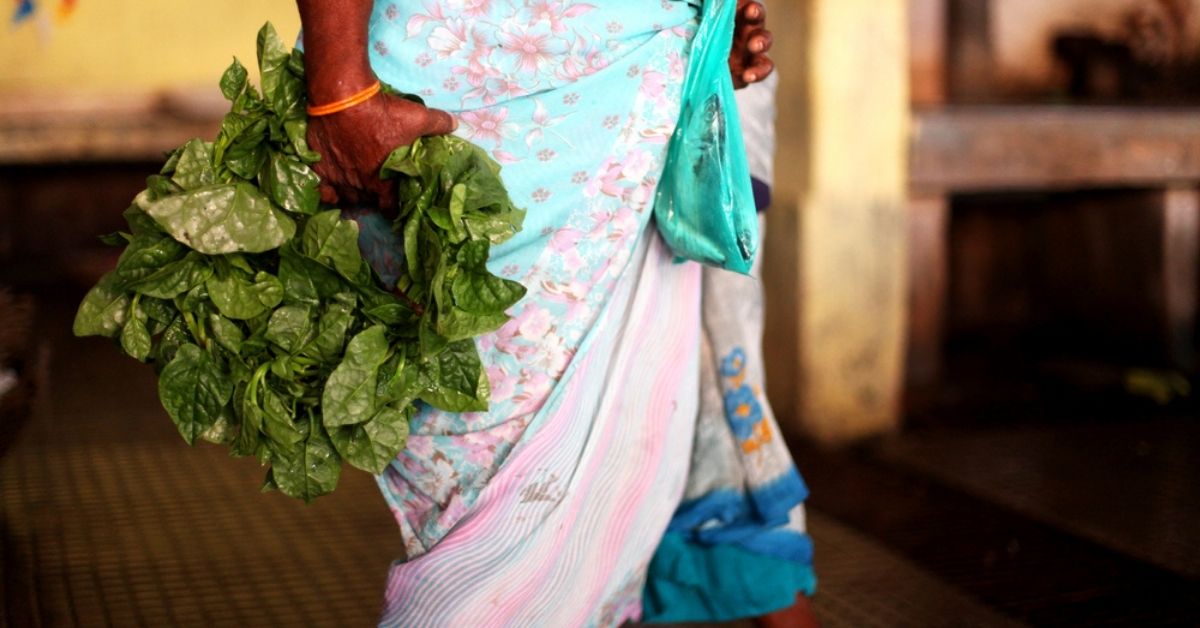
As a kid, how often have you eaten something because it was healthy? I know, I never did.
When told to eat teto—a bitter palette cleansing appetizer, made with brinjal and neem, or dal—because it would ‘make me strong and healthy’, I would plainly refuse. I would always need some masala, not just in my food, but also in the story pitch to convince me to consume it. The same for eating shaak or leafy greens.
Lovingly prepared by mothers and grandmothers all across the country, leafy greens historically have faced a lot of prejudice from young people when served on a platter. And all because of a wrong pitch.
Spinach, both green and red, does not have to suffer being served as a tasteless boiled blob with just salt and chillies. A little drizzle of mustard oil with some roasted peanuts and sesame seeds served with an appetizing story about how an ancient Persian leafy vegetable came to be so popular in India, is good enough to lull you to embrace its wonders.
Now, having tasted a variety of leafy vegetables in numerous shapes and forms (even in a pakora), I know what I would’ve missed if I had continued to refuse it. One of my most shocking discoveries that I absolutely fell in love with is spinach and mushroom savoury crepes drizzled with some parmesan cheese.
Today, as a 20-something foodie grappling to stay in shape, I have realised that it is through greens that one can truly have the best of both worlds. With almost a hundred varieties of greens available in the markets, both indigenous and exotic, packed with vitamins, calcium, fibre, iron and antioxidants, your diet plan can be a culinary adventure that is never devoid of a delicious surprise. While we all know about the amazing benefits and different uses of kale and lettuce, here are 10 foods made with local greens from all over India that can aid you in your gastronomic journey making it both delish and guilt-free.
28 Shades of Green: Presenting the Saag Map of India!
There is an entire trove of local & seasonal edible greens that grow across India. Yet apart from the usual suspects, many of us walk past the others in the vegetable market without realising what we are missing. pic.twitter.com/nTOw62dKHc
— The Better India (@thebetterindia) July 4, 2021
Sengmora Xaak
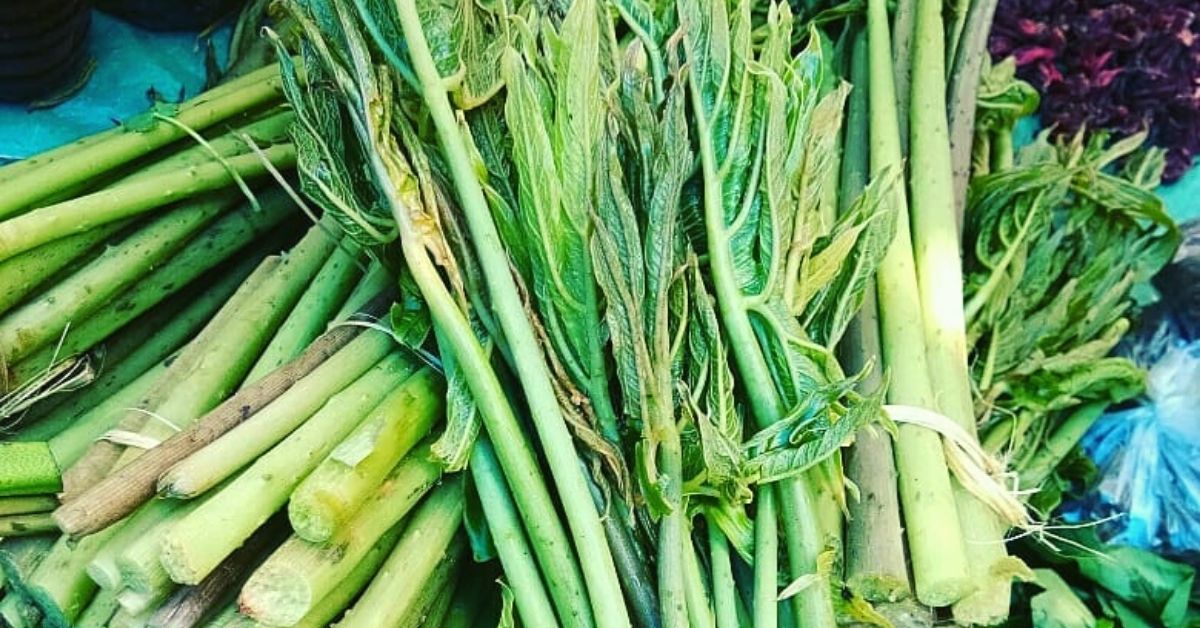
Sengmora Xaak, also known as Sibru in Boro language and Spiny Arum (Lasia spinoza) in English, grows wild in marshy areas in parts of Assam and Arunachal Pradesh. Rich in antioxidants and dietary fibres, it is believed to have healing properties for open wounds and is also known to help patients suffering from piles, diabetes and even hypertension.
Sengmora Xaak with smoked pork is one of the most loved dishes in the region. Served with rice and some traditional Arunachali Apong (rice beer), this sophisticated dish is revered for its subtle flavour and crunchy texture.
Helencha Saag

Known as Buffalo Spinach or Bitter Watercress, Helencha Saag is predominantly consumed in eastern India, especially in West Bengal. Just like bitter gourd, this leafy vegetable is popular for its unique bitter taste packed with flavours. But beyond taste, it is also commonly used for various medicinal properties, which includes relaxing muscles, improving sleep, weight loss to soothing stomach pain caused by acidity or indigestion. It is also used for treating skin diseases due to its antimicrobial properties.
While helencha soup with koi mach (climbing perch fish) is a regional favorite which doubles as a comfort food and sick-day tonic, helencha saag-er bora or pakora is another notable delicacy.
Gongura
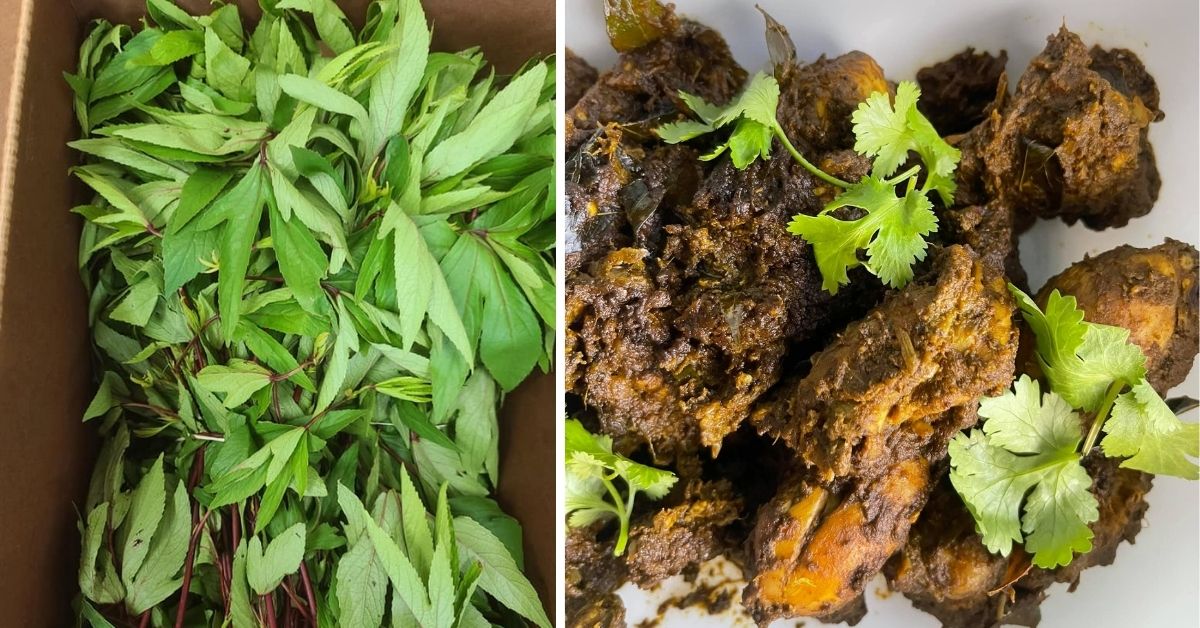
Gongura leaves or the sorrel plant is a leafy vegetable popular in several parts of India, including Andhra Pradesh (gongura), Maharashtra (ambadi), Karnataka (pundi), Odisha (khata palanga), Assam (tenga mora) and Bengal (mestapata). A widely consumed greens, Gongura is rich in minerals, vitamins, iron, anti-oxidants and folic acid. Its sour undertone pairs extremely well with dal or curries and is consumed in various forms, be it chutneys, pickles or even main course curries like the spicy and tangy Gongura Chicken or Mutton curry.
Colocasia or Arbi Saag
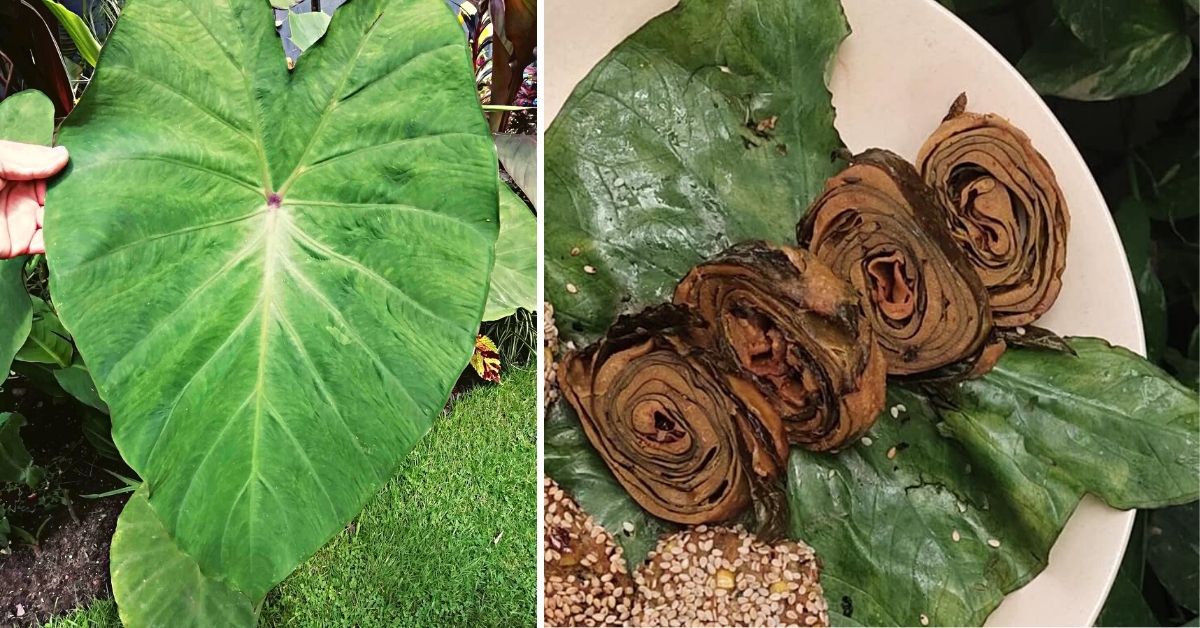
In Bengal, colocasia saag is known as kochu shaak and, while predominantly it is known as arbi ka patta in the rest of the country. Another widely popular native variety, the colocasia plant produces potato-like underground root vegetables that make for a delish curry and fried side-dish. But the magic flavour is in the huge heart-shaped leaves. Filled with a bounty of valuable nutrients, these leaves can either be consumed as a saag, stir-fried, boiled or curried, or as a flavour-inducing wrap in paturis.
One of the most beloved colocasia saag dishes, is patrod which is a steamed and fried spicy besan lathered colocasia leaf roll.
Bathua ka Saag
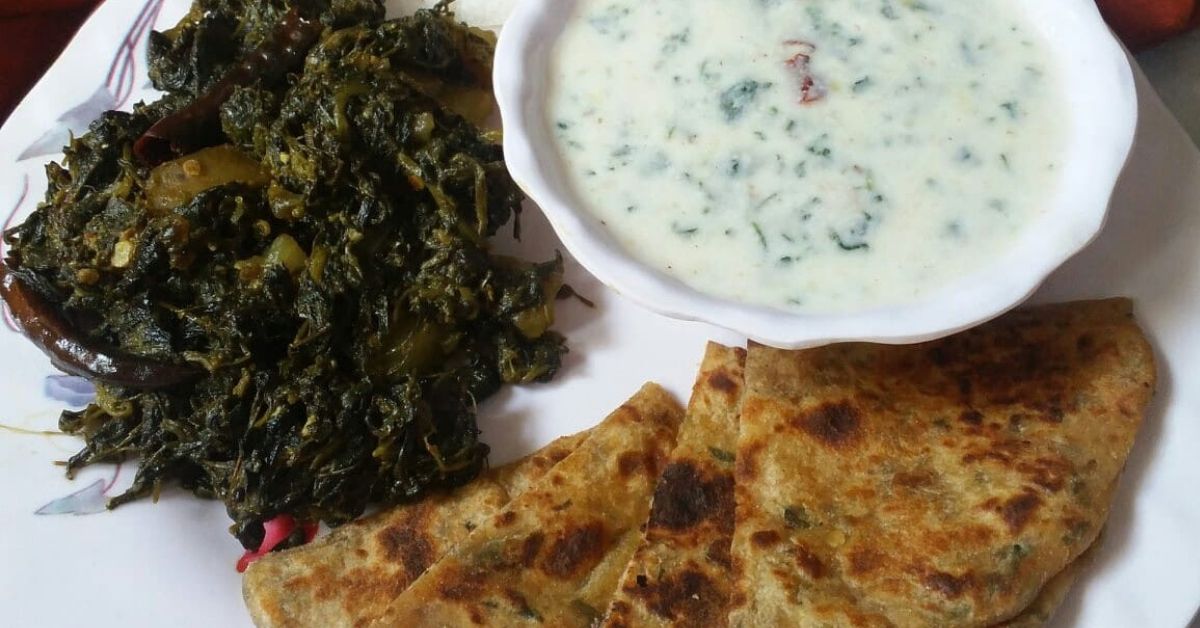
These arrow-shaped greens look a lot like spinach but have a distinct flavour and various health benefits. Known as bathua in Bihar, its scientific name is Chenopodium album and is called by various names like lamb’s quarters, goosefoot or pigweed. A seasonal green, it is mostly consumed during winters, and is a rich source of minerals like potassium, zinc, phosphorus, calcium and other antioxidants. It is also known to be a blood purifier and is packed with amino acids that helps the body to break down food, aid in digestion and also tissue repair.
While making parathas and pakoras with bathua is common practice, it is the bathua chicken curry or the bathua raita which truly wins over your heart and the tummy.
Chaulai ka Saag
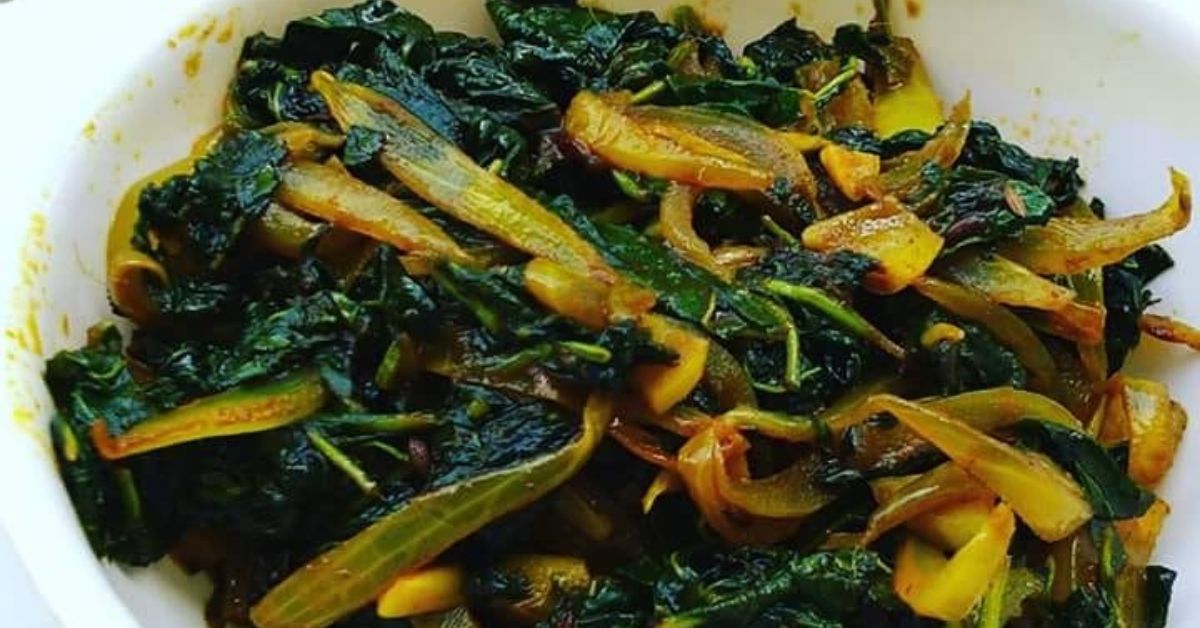
Found in the foothills of the Himalayas and even the coastal areas of South India, chaulai saag, also known as amarnath leaves, comes in a variety of colours — from green, gold, to purple and red. A perennial plant, it is a rich source of calcium, sodium, potassium, vitamin A,E and C, and folic acid. Being high in iron and calcium content, it is also a beneficial food for individuals with anemia, and is also known to improve bone health and prevent osteoporosis. Additionally, chaulai saag is often consumed to improve eye health owing to the high amount of carotenoid and vitamin A in it.
Although stir-fried chaulai saag is delicious, it is absolutely divine when cooked and served with moong dal.
Nakima
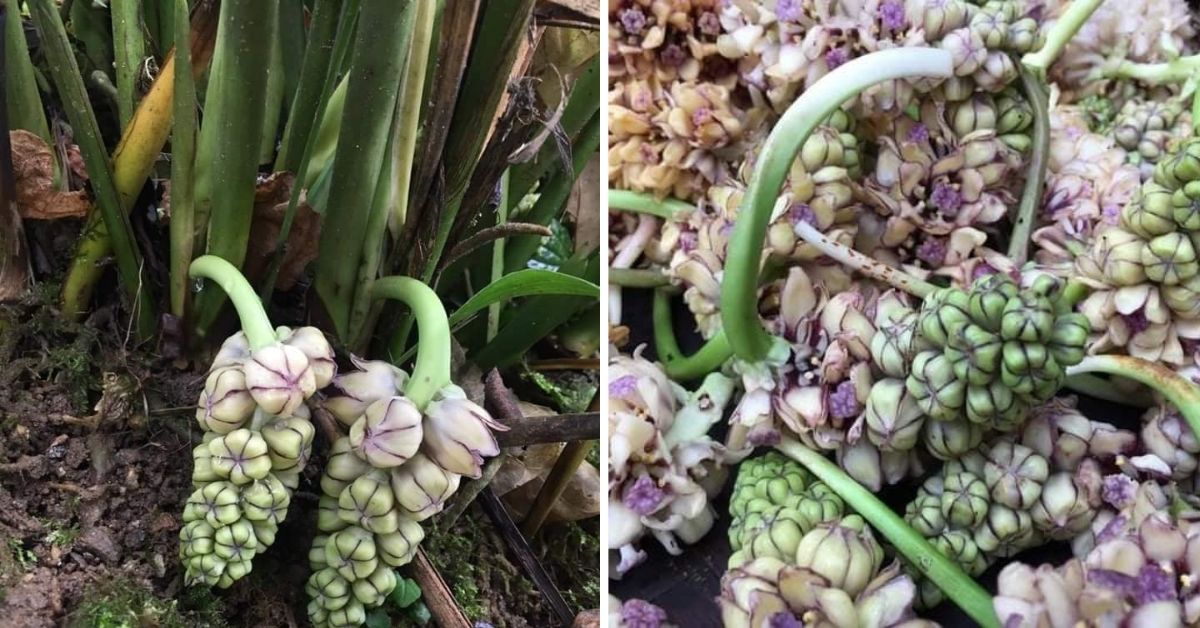
Tupistra nutans or nakima plant is a lesser-known medicinal plant that grows in the Northeastern part of India. Traditionally consumed in parts of Sikkim, this is a flowering plant, often mistaken to be an orchid but belongs to the lily family. It is consumed for its antibacterial and antifungal properties. Several studies also claim that the nakima plant, be it its leaves or the edible orchid flowers can be consumed to help cancer and diabetic patients.
Quite a delicacy in parts of Sikkim, Bhutan and Tibet, it is renowned for its unique bitter taste with sweet undertones. A stir-fry nakima with chicken is a must-try.
Turmeric leaves

Turmeric is one of most commonly used spices in Indian cuisine and its medicinal benefits are also common knowledge. But, did you know that turmeric leaves are traditionally used in herbal concoctions known as kadhas to treat common cold and other respiratory ailments. Beyond the health benefits, it is also a delicacy used in a variety of ways across India. For instance, turmeric leaves are used to make a rice dish called ‘Patoli’ in Goa, while in Bengal and Odisha it is widely used to make holud pitha or enduri pitha and fish paturis.
Lingru

Fiddlehead fern, also known as lingru, this wildly growing saag is consumed in Uttarakhand and Himachal Pradesh. It is said to be rich in omega-3, antioxidants, essential fatty acids and vitamins. Known for its delicate flavour, this tender curled fronds are also called dhekia xaak in Assam. While it is commonly consumed stir-fried, in Uttarakhand its curd-based curry is absolutely unmissable.
Kalmi Saag
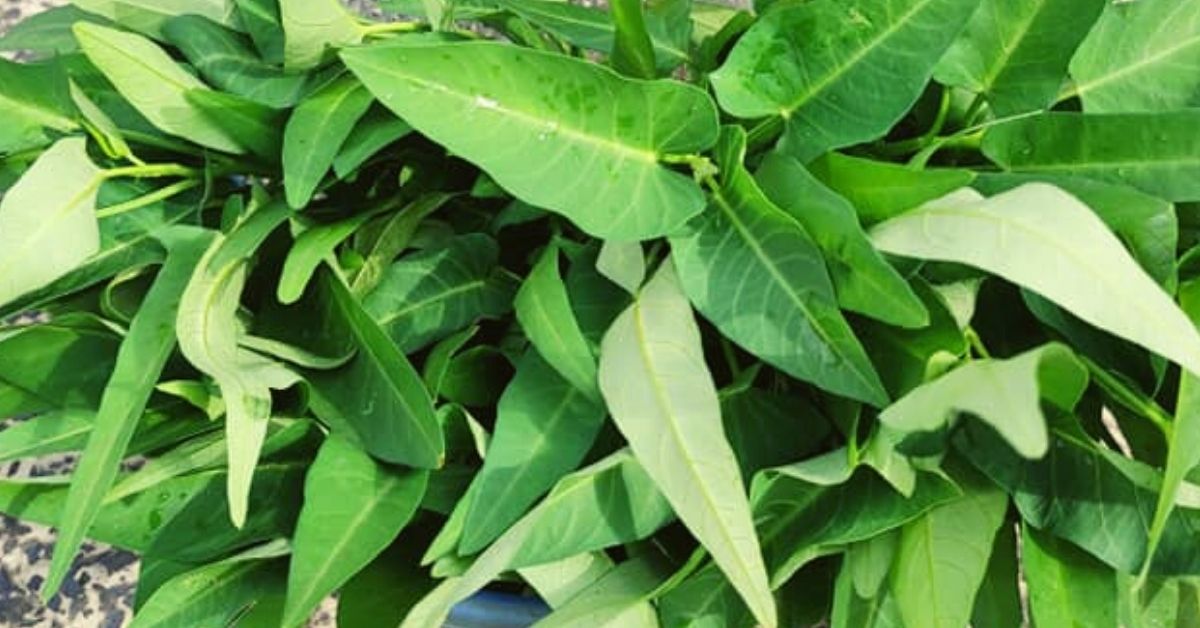
A regional favourite in West Bengal kalmi saag or anne soppu (as known in Karnataka) is a water spinach that grows like a weed along paddy fields and river banks. It is known to be a go-to weight loss food source, being low in calories and fats but rich in vitamins, antioxidants and minerals. For instance, 100 grams of kalmi saag carries only 19 calories. This green is also known to help prevent osteoporosis and anemia caused by iron-deficiency. A historical trivia, kalmi saag is said to have helped sustain and save several lives during the Great Bengal Famine of 1943-44 and also during World War II in Japanese-occupied Singapore.
One of the comfort foods in Bengal, it is stir-fried with garlic, green chillies and bengal gram. But the sweet, sour and spicy anne soppu chutney made in Karnataka is terrific.

Enduri or Halud Pitha
Ingredients
Water
1 cup basmati rice
1/2 cup black gram/urad dal
1 cup grated coconut
1/3 cup jaggery
3-4 small cardamoms or ½ tsp cardamom powder
5 peppercorns (optional)
Green turmeric leaves (as needed)
Ghee (as needed)
Method
Wash and soak rice and urad dal for about 4 hours. After that, grind the two into a fine, thick batter and let it ferment for 6 hours or overnight.
To prepare the stuffing, in a pan add jaggery and coconut. Stir and cook until dry. Add cardamom and black pepper. Once ready, keep it aside and let it cool.
For the pitha, wash turmeric leaves, pat dry and grease with a little ghee. Pour and spread a spoonful of batter. Add the coconut and jaggery stuffing and fold lengthwise.
Place the batter filled leaves in a steamer and steam for 10-12 minutes. After a fork test let it cool.
Once ready, serve with any curry or dessert like payesh.
Edited by Yoshita Rao
If you found our stories insightful, informative, or even just enjoyable, we invite you to consider making a voluntary payment to support the work we do at The Better India. Your contribution helps us continue producing quality content that educates, inspires, and drives positive change.
Choose one of the payment options below for your contribution-
By paying for the stories you value, you directly contribute to sustaining our efforts focused on making a difference in the world. Together, let’s ensure that impactful stories continue to be told and shared, enriching lives and communities alike.
Thank you for your support. Here are some frequently asked questions you might find helpful to know why you are contributing?


This story made me
-
97
-
121
-
89
-
167













